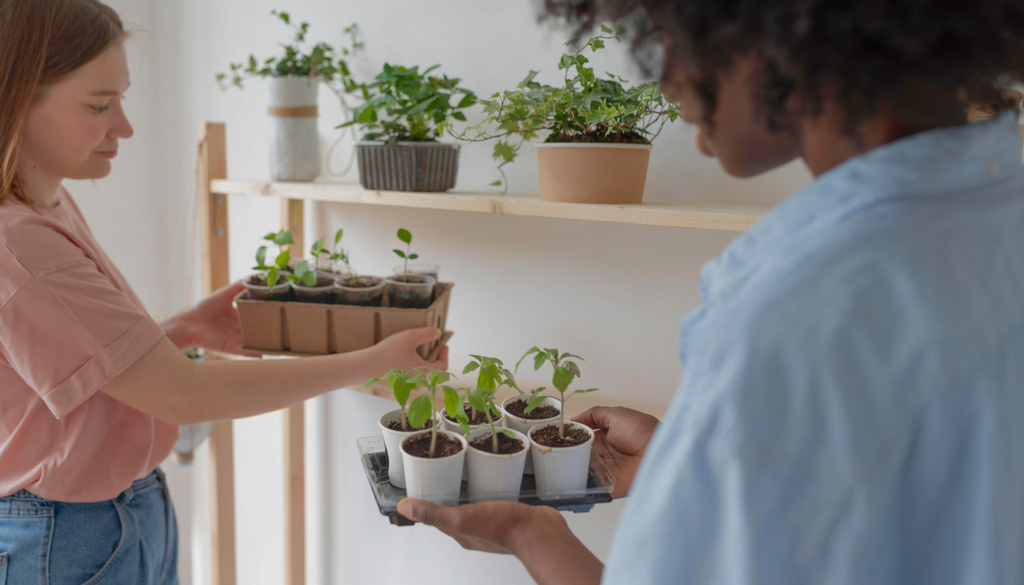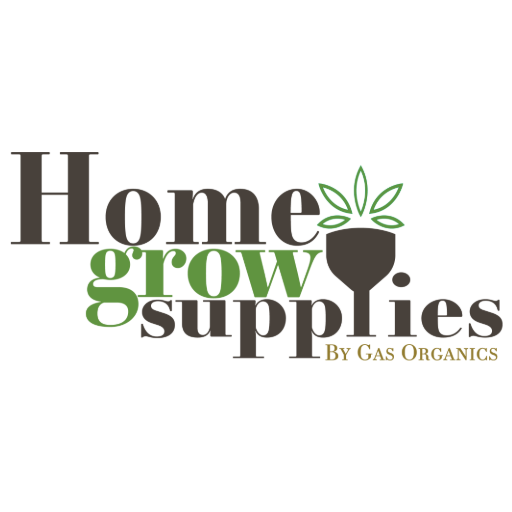
Is Indoor Gardening More Expensive Than Outdoor Gardening?

Should you grow plants inside or outside? Deciding whether you should grow your own food or not is easy. Choosing which is more cost-effective is the challenge when starting your growing journey. Need an expert's opinion? Let's break down the real costs to help you decide which method works better for your wallet.
Key Takeaways:
- Indoor growing has higher startup costs but gives you year-round growing
- Outdoor growing is cheaper to start but depends on weather and seasons
- Both methods can save money on groceries in the long run
- Your choice depends on your space, climate, and what you want to grow
Initial Setup Costs
Indoor Growing Costs
- Grow lights: $50-300
- Growing containers: $15-50
- Potting soil: $10-30
- Climate control: $100-300
- Seeds or seedlings: $20-50
Outdoor Growing Costs
- Basic tools: $30-80
- Garden soil or amendments: $50-100
- Seeds or seedlings: $20-50
- Optional raised beds: $100-200
Ongoing Expenses
Indoor Growing
Electricity for lights and temperature control is the most expensive thing that indoor growers have to pay every month. You can expect your power bill to go up by $10 to $30. You will also have to change the nutrients and growing medium more often.
Outdoor Growing
During the dry season, your water bill may go up. Generally, you will need fewer supplies, but if the weather damages your plants, you may need to replace them more frequently.
Space Requirements
Indoor growing works well even in small spaces like apartments. You can grow on shelves or in corners. Alternatively, you can also use growing tents for better control and growth. Outdoor growing needs actual yard space, and it allows you to grow more plants simultaneously.
Year-Round Growing
One of the best things about indoor gardens is that they let you grow any time of year. Meanwhile, outdoor gardens are limited by your local growing season. This changes when and how much food you can grow.
What's Right for You?
Indoor growing makes sense if:
- You don't have outdoor space
- You want to grow year-round
- Your climate isn't great for growing
- You want to grow specific plants that need controlled conditions
Outdoor growing makes sense if:
- You have yard space
- You live in a good growing climate
- You're on a tight budget
- You want to grow lots of plants at once
Conclusion
Indoor growing costs more when you are just starting, but it gives you more control. Outdoor growing is cheaper but depends more on nature. Both can save you money on food if you consistently maintain your garden.
Pick what matches your space, budget, and growing goals. Also, doing both indoor and outdoor growing is possible. Many gardeners choose to combine both methods to reap the benefits of both approaches.
Frequently Asked Questions
Q: Is it worth the higher initial cost of indoor gardening?
A: Yes, if you plan to grow year-round. The initial investment pays off through consistent harvests and the ability to grow regardless of weather conditions.
Q: Can I start small with indoor gardening to manage costs?
A: Absolutely! Start with a simple setup of basic grow lights and a few plants. You can expand your indoor garden gradually as you gain experience and see results.
Q: Do I need all the expensive equipment listed for indoor growing?
A: No, you can start with just the essentials. Focus on good lighting and proper containers first. Add more sophisticated equipment as needed based on what you're growing. If you are looking for high-quality and affordable indoor growing essentials, be sure to visit our store.
Q: Which method saves more money on groceries?
A: Both methods can save money, but it depends on what you grow. High-value crops like herbs and leafy greens often provide better returns for indoor growers, while outdoor gardens excel with larger vegetables.
Q: How can I reduce the ongoing costs of indoor gardening?
A: Use LED grow lights for better energy efficiency, implement timers or use smart controllers to have all the settings you need in just 1 piece of equipment, choose reusable growing media, and start plants from seeds rather than buying seedlings.
Q: Is it possible to garden indoors without artificial lighting?
A: Yes, if you have adequate natural light from windows. However, supplemental lighting usually provides better results and more growing options.
